- Home
- Bookkeeping Supplies
- Bookkeeping Forms
Bookkeeping Forms
Three Reports Every Business Needs
Do you know what are the three main bookkeeping forms that every business needs in order to be successful?
“Money is one form of power. But what is more powerful is financial education. Money comes and goes, but if you have the education about how money works, you gain power over it and can begin building wealth.
The reason positive thinking alone does not work is because most people went to school and never learned how money works, so they spend their lives working for money.”
—Robert Kiyosaki, Rich Dad Poor Dad
Bookkeeping Forms For Your Business
There are three bookkeeping forms, or financial statements, that every business must have. If you do have financial statements but don’t really understand them, you don’t know your business.
And even if you can read them but aren’t really sure what do with the information, you can’t manage your business effectively.
Basic bookkeeping forms, or financial statements, are used to quantify and report your businesses financial activities.
While there are many other legal bookkeeping forms used for a variety of purposes, basic financial management begins with these three financial statements: your “P&L” or profit and loss statement – which is also known as an income statement – your balance sheet, and your cash flow statement.
Your financial statements provide a picture of your business, how it’s performing, and its general financial health. You can learn more about your business from your financial statements than from any other metrics.
Financial statements are
essential accounting business tools if you know how to read them and act on what they tell
you.
Why Financial Statements Matter
When you understand your income statement, balance sheet, and cash flow statement, you understand the basics of your company’s financial transactions.
- Income Statement = Business performance and its profitability
- Balance Sheet = Financial condition of your company in terms of assets and liabilities
- Cash Flow Statement = Movement of cash in and out of the business
Everything in your financial statements reflects something happening in your business which is why they are vital management tools. They tell you what’s working and what’s not working in your business.
You don’t have to be an accountant to
understand financial statements and your business knowledge can guide your business planner and action steps.
Who Works With Bookkeeping Forms?
Depending on the size of your business these statements and other forms are used or generated by the following:
- Bookkeeper — Enters the day-to-day activities of your business.
- Controller — Creates your monthly financial statements.
- CFO — Set up the chart of accounts and analyzes the financial statements.
- Owner or CEO — Reviews the statements and makes decisions based on them.
If your business is small, these roles may be performed by one or maybe two people. If that is your situation, you should make use of two other resources:
- A good professional bookkeeper will help you set up your chart of accounts and format your initial financial statements so that they’ll be most useful to you.
- You should have a good financial bookkeeping software package to simplify the
task of entering transactions and creating monthly reports.
What Do These Forms Tell You?
Each of the financial statements provides a different perspective on your business
Your P&L, or income statement, describes your company’s overall performance. The income statement is often called the profit and loss statement (P&L) because it tells you whether or not you’re making money and how much you’re making or losing. It measures:
- Revenue
- Costs
- Profits or losses
The income statement tracks these three elements over a specified period of time — usually monthly, but sometimes for a quarter or even annually. They show the cumulative profits or losses incurred by a business between a starting and ending dates.
The balance sheet, on the other hand, tells what you own and what you owe. It discloses information about the book value and general health of your business. It identifies assets, liabilities, and owners’ equity:
Assets are the resources your business controls, such as cash, equipment, material, buildings, furniture, savings accounts, and money owed to you.
Liabilities are debts and other obligations you owe, such as accounts payable, taxes, payroll, and loans.
Owners’ Equity, also called net worth, is what’s left for the owners and investors after liabilities are subtracted from assets.
The balance sheet tells you about the financial health and book value of your business at a specific point in time by stating the relationship between your assets and liabilities.
The cash statement, or cash flows statement, reports the inflows and outflows of cash during a set time period. It identifies your receipts (the money you took in) and your disbursements (the money you paid out).
By subtracting disbursements from receipts, it determines your net cash flow. Like the other two types of statements, a cash flow statement is usually produced monthly.
Your income statement, then, shows your profitability while your
balance sheet reveals your company value, and your cash statement tracks your liquidity. That is, how much cash you have readily available that you can use
to fund the ongoing operations of your business.
You Need All Three Forms to Get the Whole Picture
Although the profit and loss statement measures the profitability of your operations and lets you know if you’re making any money, profitability, by itself, is not enough. It doesn’t mean your business is thriving.
With the cash flow statement you can track how much of your profit is being turning into cash. It also helps you with cash planning to make sure you have what you need to cover your bills and invest in growth.
And the balance sheet measures value and the financial health of your business. By analyzing your balance sheet, you can gain useful insights about your business.
Everything that occurs in your income statement and cash flow statement shows up on your balance sheet and help you track how much value you are adding to, or subtracting from, the business.
Taken together, these three basic bookkeeping forms, or financial statements, will provide a complete financial model of the state of your business. They can also give you information for planning the growth of your business over the long term and provide guidance for improving your long-term success.
Author
Stephanie Horne is an experienced bookkeeper and Enrolled Agent. She is the owner and founder of Tax Avail, Inc. with this website and has over 20 years of in person, virtual and outsourced bookkeeping/accounting and tax preparation experience with businesses of all sizes.
Her love and passion are to work individually with business owners and families to help alleviate any financial stress or concerns by helping them to understand and have better control of their income, expenses, cash flow, and tax liabilities.
Please subscribe to my monthly newsletter, Bookkeeping Basics E-zine. It tells you every month about the new information that I have added, including some great tips and advice from myself and other Bookkeeping Basics readers.
Like Bookkeeping-Basics.net?
- Home
- Bookkeeping Supplies
- Bookkeeping Forms
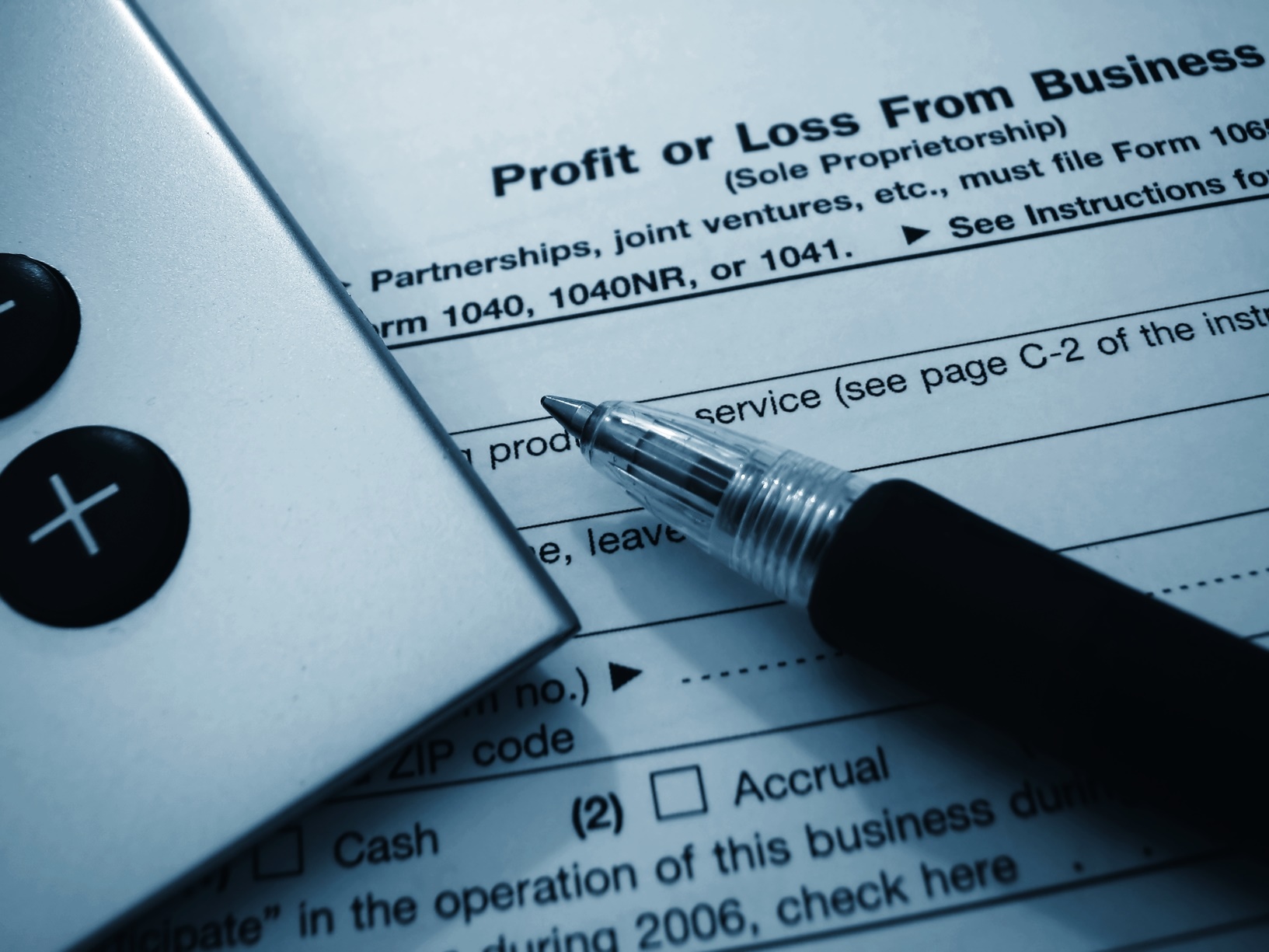
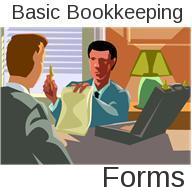

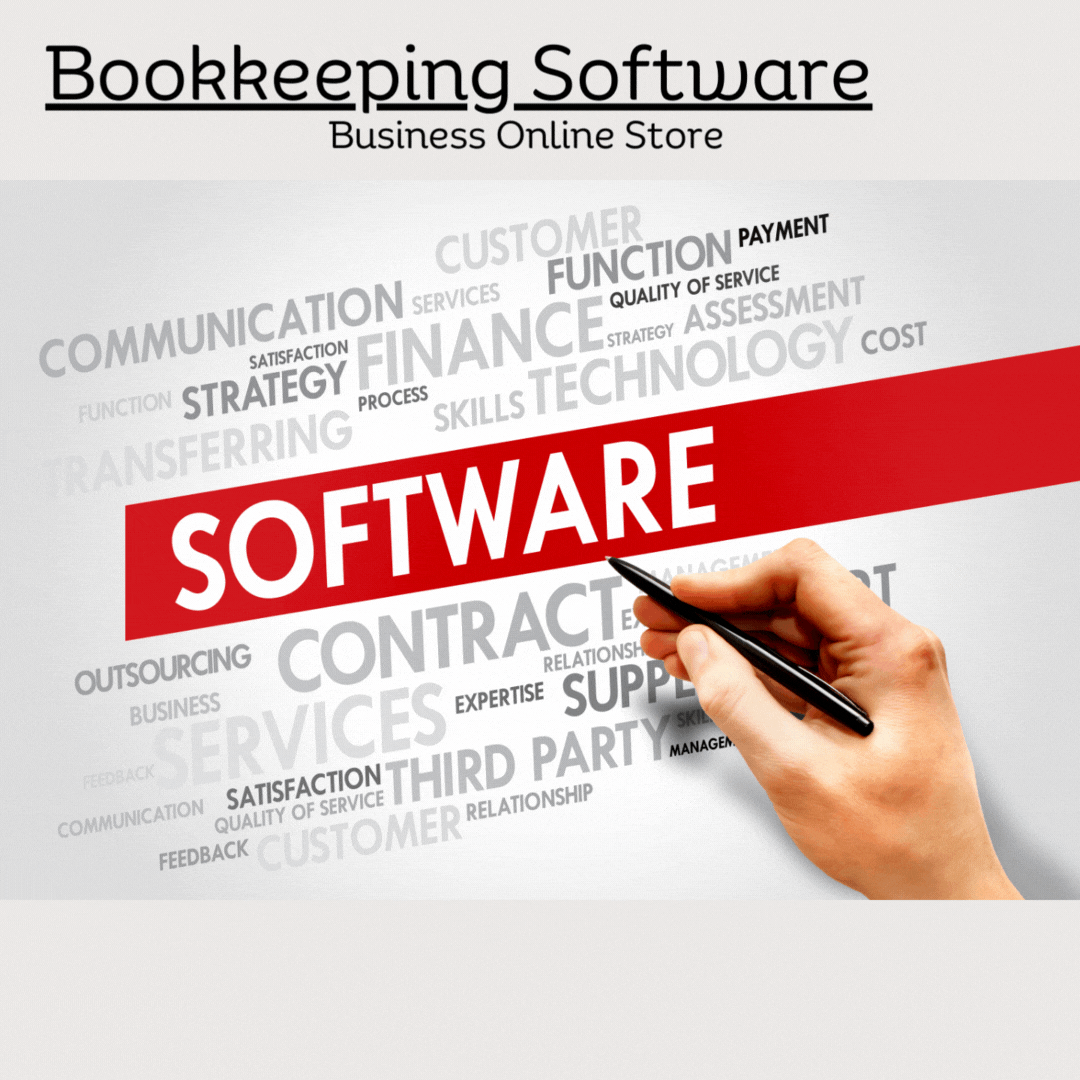


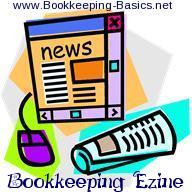



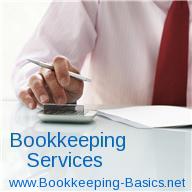
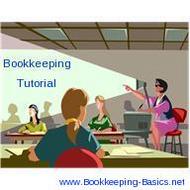


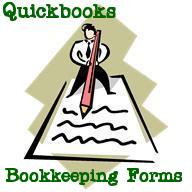
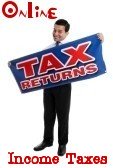
New! Comments
Have your say about what you just read! Leave me a comment in the box below.